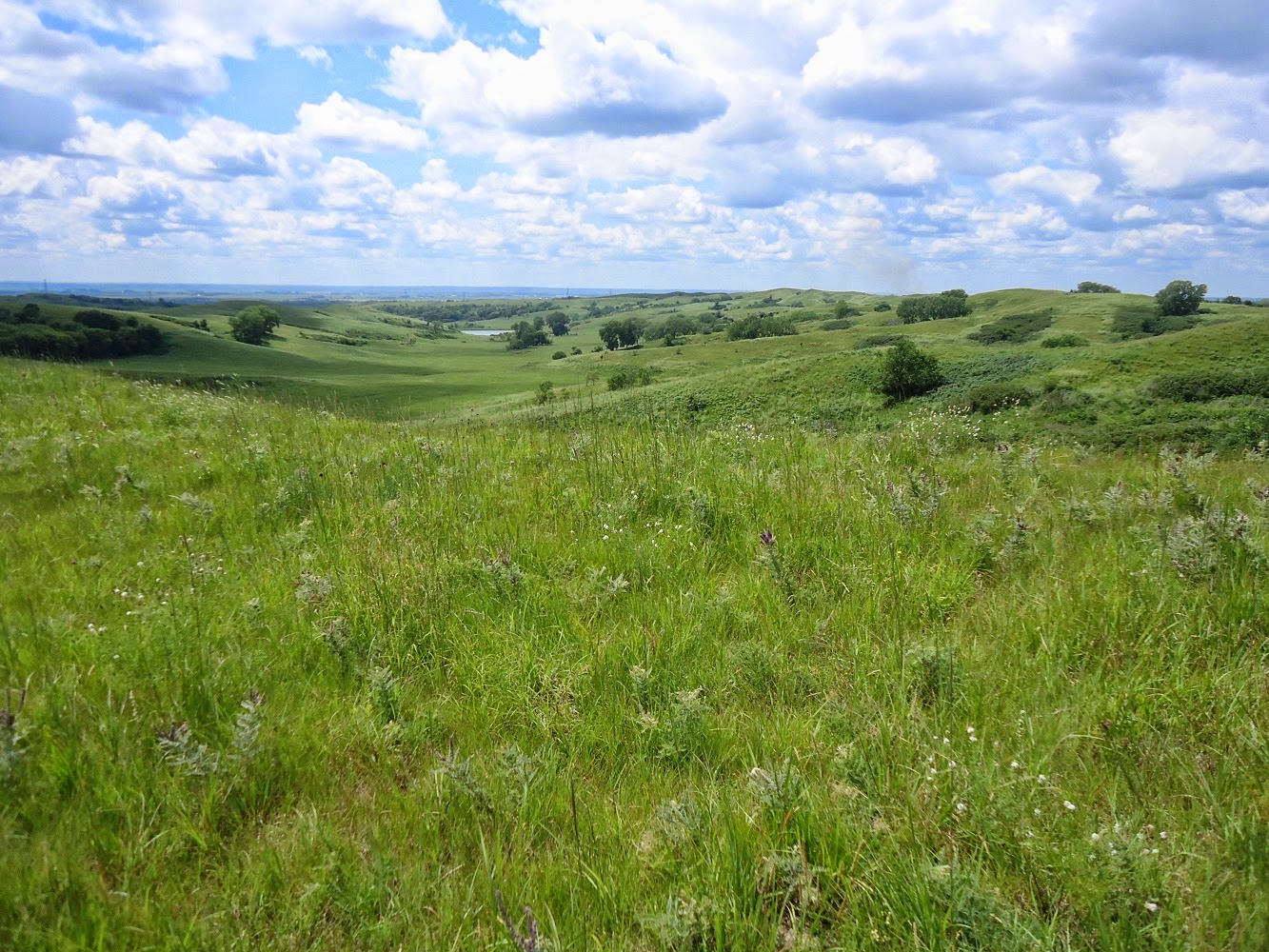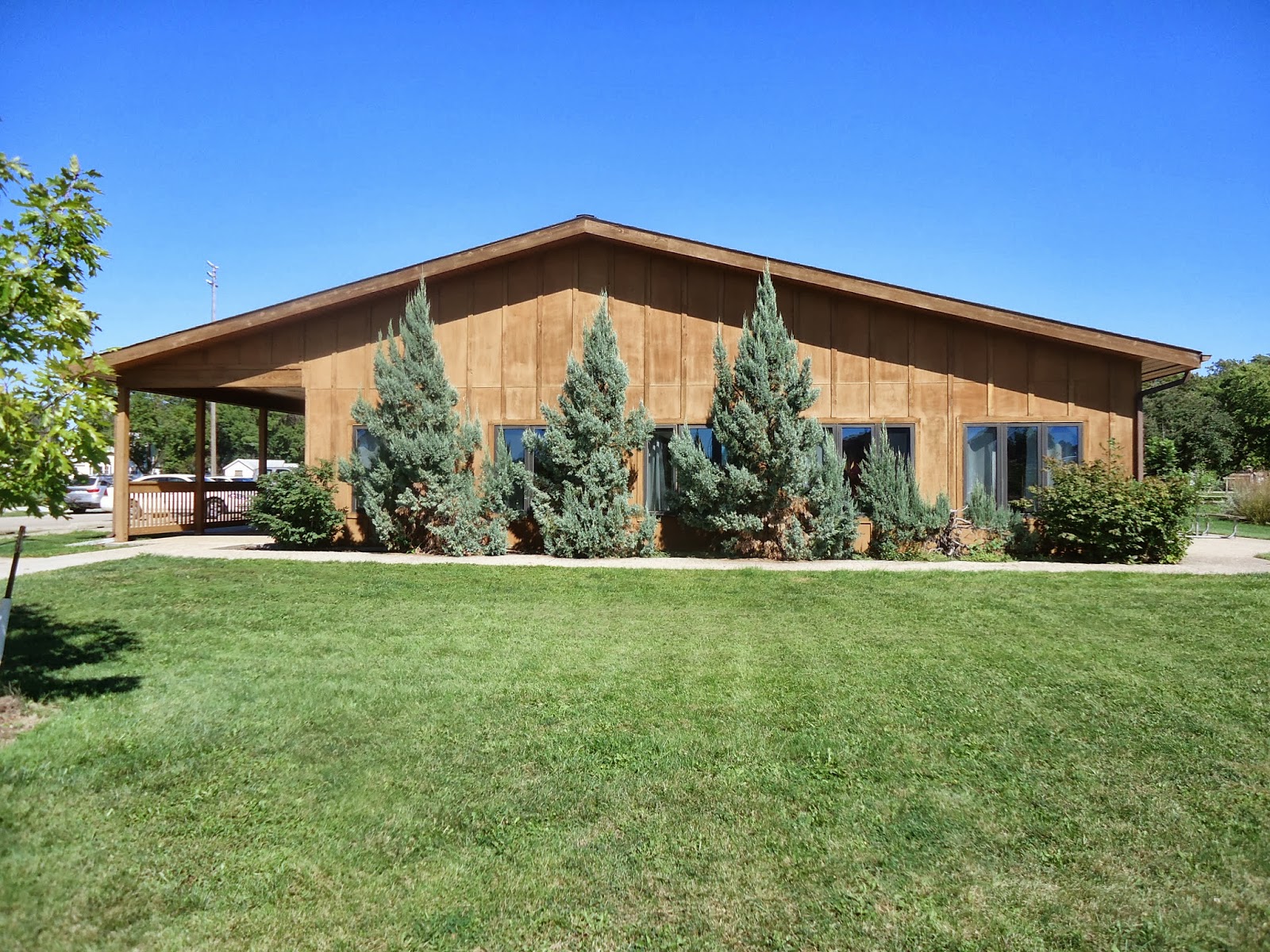Making, Plorking, and Being Human in Unprecedented Times
Originally written for a Lenten devotional email series for St. Paul's United Methodist Church.
 |
| Scrap patchwork |
I really went into it. In the spring and summer of 2020, I sewed masks, made paper cut flowers, wrote a paper cutting zine, constructed a banner for the church window (it read: “God is with us”), sewed garments, wove a willow trellis, wrote blog posts, carved linoleum blocks and printed fabric, and painted protest signs. I mended and patched, I grew a garden, I wrote letters, and I rode that wave of creative momentum as far as it would take me.
I lived into my belief that when I don’t have anything else, I can make. I don’t need a lot of fancy equipment. If I can make a garden structure from foraged sticks, and a whole pair of pants out of holey ones, I can find myself rich in material with just what’s around me. There is a very human drive to manipulate materials and beautify the objects we surround ourselves with. As creatures made in the image of God, Creator of all, it is only natural. Handling materials connects us with their source, as we recognize that all things come from the earth. It grounds us in times of grief and uncertainty.
🜃
At that time in the pandemic, many creatives felt led to care for others with offerings on Zoom. I hosted Create Night on Thursday evenings as part of St. Paul’s programming for socializing online while working on individual creative projects, like a version of our Creative Expression Sunday school class.
I attended “A Playful Pause” online workshop by The Makerie where I listened to a presentation by scholar Ellen Dissanayake, author of What is Art For? and “The Pleasure and Meaning of Making.” Her work views “art as a behavior (like play or aggression or language or tool use) that evolved to become an inherent part of human nature because, somehow, it enhanced our survival.” In other words: “art is a biological necessity in human existence.”
I attended PLORKshop!, cosponsored by the Corita Art Center–the center that is dedicated to preserving and promoting the art and teaching of Sister Corita Kent, whose works are on display in St. Paul’s Art Space at the time of this writing. There, we explored the idea of plork, a portmanteau combining the words “work” and “play” which Corita described as “the ecstasy we feel when work and play are one.” In her book, Learning by Heart, she wrote, "We need a third word–one which combines the two concepts and allows us to recognize them together as one responsible act necessary for human advancement. We combine the abstract and the concrete, the joy and the labor."
These offerings connected me, inspired me, and reminded me of my human nature.
And in September of 2020, I took an online block printing workshop through the National Czech & Slovak Museum and Library that corresponded with their Artists as Activists exhibit. The workshop was just a month after the derecho and obviously everyone in Cedar Rapids was thinking about trees all the time. It was very raw then. I made a tree the subject of my linoleum print. “Room for growth,” it says. It means that in the empty space where everything has been taken away from us, tree-wise and pre-pandemic-normalcy wise, there is room for creation. For us to make fresh, new ways of doing and being. For God to move in new spaces and lead us in unexpected ways. When a tree falls in the forest, the sunlight reaches the undergrowth that had previously been in shade, and those plants have an opportunity to flourish. For me, the pandemic made me a space for making, and the derecho, as painful as it was, gave me a new vision for future growth in my environment. God is the ultimate maker, and I am invited to take part.


Comments
Post a Comment